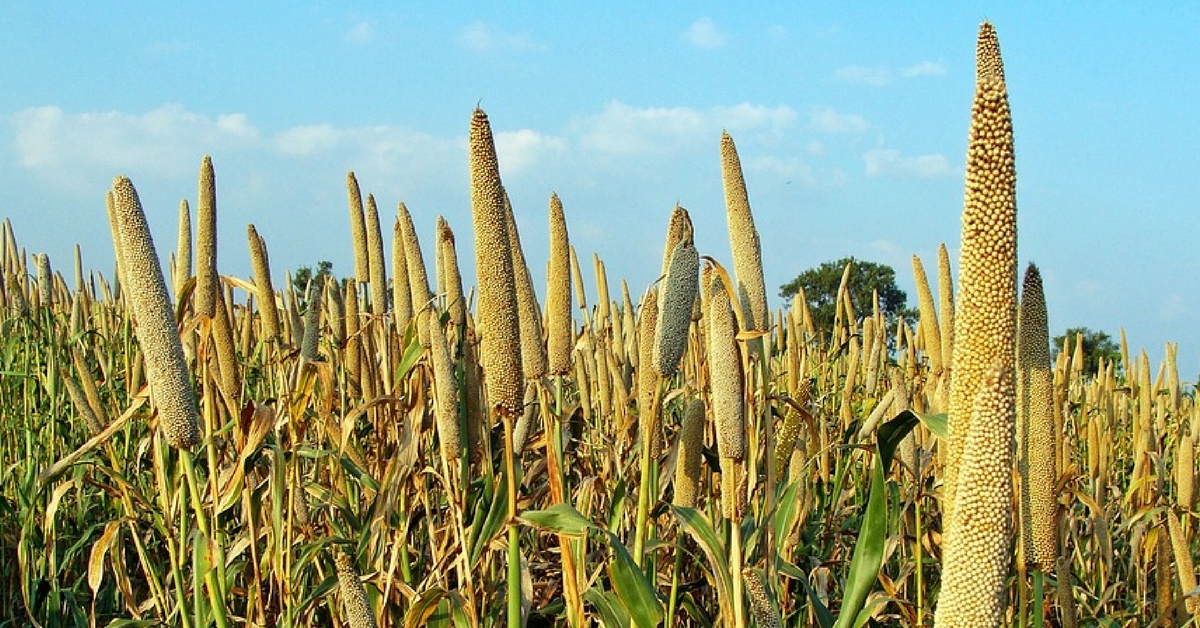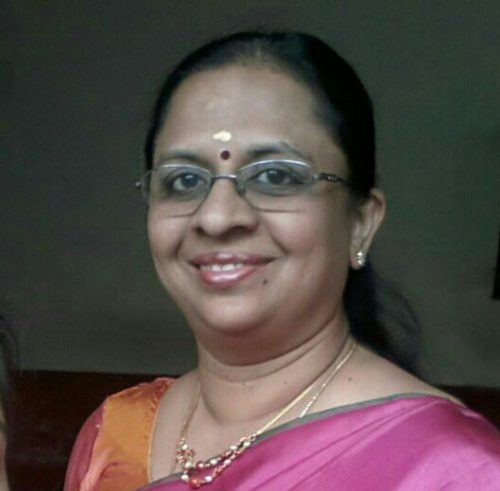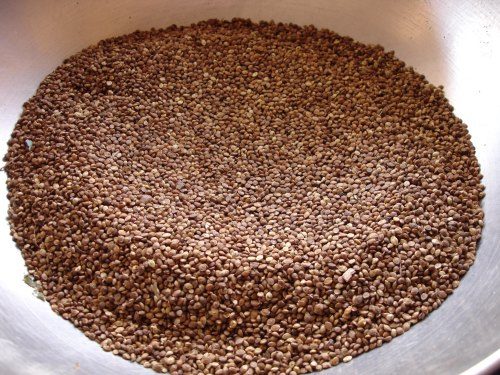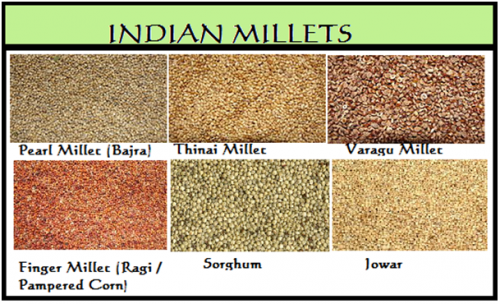How Millets Can Help Prevent Diabetes and Heart Disease While Saving the Indian Farmer!
Millets keep the farmers safe and the general public healthy. What more can you ask for?

How would you react if we were to tell you that by switching to millets not only will you be signing up for a healthy and fit life but that you will actually be saving farmers in the country currently struggling to make ends meet?
But that’s exactly what this “super” food promises to do for Indian farmers and the general public.
Dr A Sundaravalli, who is the Head of Department of Home Science in Mount Carmel College in Bengaluru, has long championed the use of millets in everyday diet because it offers a plethora of advantages.
From tackling diabetes to keeping heart diseases away, here are the many reasons put forth by Dr Sundaravalli on why millets should be on everyone’s plate.
Starting with the basics

According to the Dr Sundaravalli, millets can be classified into two broad categories – major millets and minor millets. Millets in general are rich in fibre, micro-nutrients, iron, magnesium, zinc, calcium, manganese and more. And when you have them along with pulses and vegetables, they can constitute a complete healthy meal. Dr Sundaravalli notes, “A complete meal is one that has the right amount of fibre, carbohydrates, proteins,vitamins and minerals. Millets are rich in Omega 3 fats, which are known as the good fat. Hence, they make for a great addition to a person’s diet.”
Millets have traditionally always been part of our diet

Image source: Wikimedia
While today, they might seem somewhat foreign to our plates, historically, millets have always been part of the Indian diet. They are native to India and only during the Green Revolution, they lost the favour of both the public and the farmers to cash crops like wheat and rice.
But millets definitely help the Indian farmer

Photo source: Wikimedia
“There are many ways millets help the Indian farmers. For starters, they don’t require too much water and they are eco-friendly because they don’t need as much fertilizers or pesticides either.” Hence, farmers don’t have to worry about the drought when it comes to harvesting millets. And since they don’t have to deal with pesticides and fertilizers as well, they don’t have to deal with the side-effects they come along with. Plus, according to Dr Sundaravalli, millets don’t destroy the nutrients present in the soil that they are grown on.
How you can incorporate them into your diet.

Photo source: Wikimedia
If you have young children, then the good news is that given that their taste-buds are still developing, they can immediately be introduced to millets and they will be able to adapt immediately. However, according to Dr Sundaravalli, it take a little more effort for anyone around 30 and above to take up to millets. But it can be done.
“We adults are already have formed our taste for particular foods and hence we need to slowly introduce it into our diet. Instead of making millet roti with just millet flour, make a mixture that is 50% wheat flour and 50% millet flour. It will be easier to get used to the taste that way. And the same logic applies for everything from idlis to dosas,” she advices. And then slowly replace the rice and wheat entirely with millets if you want.
It will prevent heart disease and keep you fit
By switching to millets, you will be able to address a number of health issues that you might encounter otherwise. Case in point? Millets help with cholesterol. “Millets will help cut down on low density lipoprotein cholesterol (also known as the “bad” cholesterol) and increases high density lipoprotein cholesterol (the “good cholesterol”). It also protects the heart and prevents a number of cardiovascular diseases.”
You may also like: TBI Blogs: Here’s How 13 Half-Marathons Hope to Bring Millets Back into Indian Diets
In addition, since millets are rich in fibre, they suppress hunger pangs and help stave away problems related to obesity as well. That presence of fibre is also the reason it is one of the best bets to prevent diabetes or at least keep it in check. “Since it has a lot of fibre content, the release of sugar is slow and the magnesium present in millets elevates the level of insulin.”
And finally, because millets, like ragi, are rich in calcium, it is also a great way to improve bone density and prevent osteoporosis.
You may also like: How Millets Can Alleviate India’s Malnutrition Problem and Mitigate Climate Change Too
Want to shift to millets but are lost? If you live in Karnataka, then the government is organising a trade fair called Organics & Millets 2017- National Trade Fair. It will feature farmers who will directly sell millets and will also boast a food court with delicacies all made from millets. It will take place from April 28 to 30 at Bengaluru’s Palace Grounds.
Details here
Like this story? Or have something to share? Write to us: [email protected], or connect with us on Facebook and Twitter.
NEW: Click here to get positive news on WhatsApp!
If you found our stories insightful, informative, or even just enjoyable, we invite you to consider making a voluntary payment to support the work we do at The Better India. Your contribution helps us continue producing quality content that educates, inspires, and drives positive change.
Choose one of the payment options below for your contribution-
By paying for the stories you value, you directly contribute to sustaining our efforts focused on making a difference in the world. Together, let’s ensure that impactful stories continue to be told and shared, enriching lives and communities alike.
Thank you for your support. Here are some frequently asked questions you might find helpful to know why you are contributing?


This story made me
-
97
-
121
-
89
-
167













